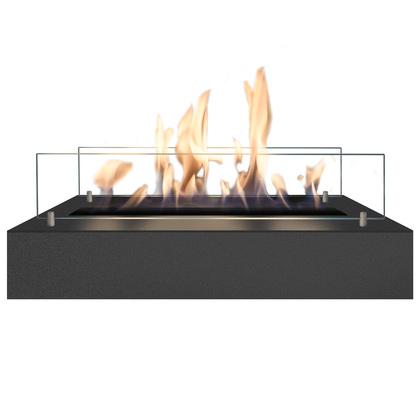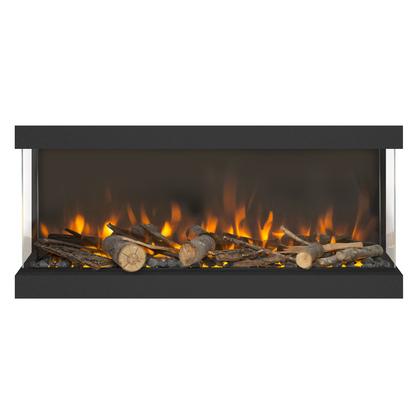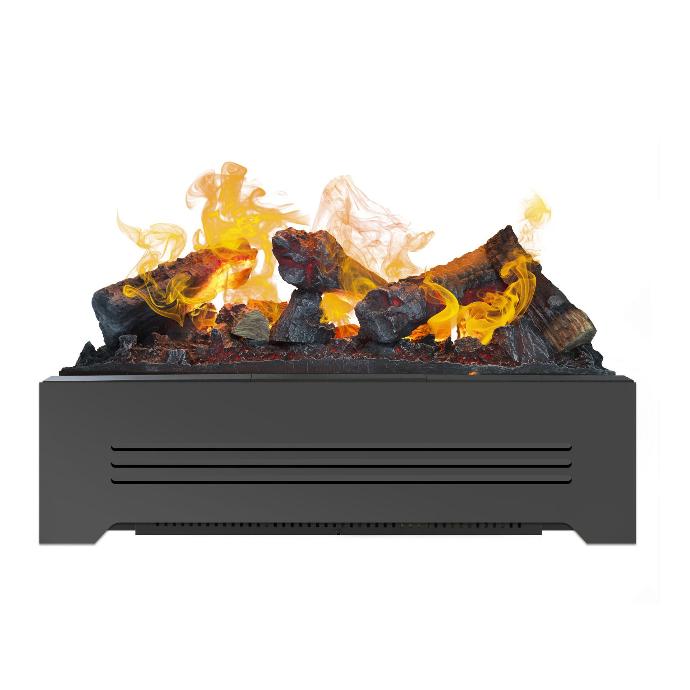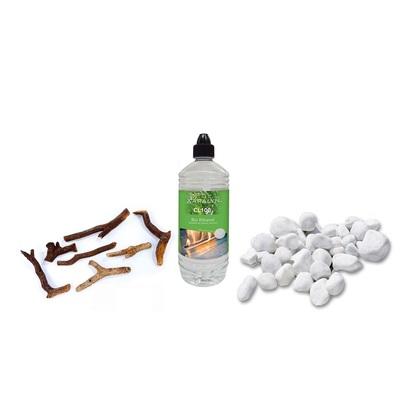What is the consumption of a bioethanol fireplace?
The consumption of a bioethanol fireplace is an important factor when choosing this type of decorative heating. It affects not only the long-term costs, but also the comfort, safety, and efficiency of the fireplace. In this article, we explain how to measure the consumption of your bioethanol fireplace and which factors influence it.
How to measure the consumption of a bio-ethanol fireplace?
The consumption is usually expressed in litres per hour (l/h). You can easily measure it yourself:
- Fill the fireplace completely with bio-ethanol. Note how many litres you used.
- Light the fireplace and let it burn without refilling.
- Record the time until the flame goes out naturally.
- Calculate the consumption: Divide the amount of litres used by the total burning time. Example: 1 litre burns for 3 hours → consumption = 0.33 litres per hour.
Note: This is an average measurement. Various conditions can affect the actual consumption.
What influences the consumption of a bio-ethanol fireplace?
The consumption depends on the type of burner, the environment, and the fuel quality. Key factors include:
1. Type of burner: open burner vs. ceramic or automatic burner
-
Open burners consume more bio-ethanol
because:- More oxygen reaches the flame, accelerating combustion.
- The fuel is in an open container and evaporates more quickly (boils).
-
Ceramic burners are more efficient.
The fuel is absorbed into a ceramic core and evaporates slowly, producing a calm and stable flame with lower consumption. - Automatic burners have an electric ignition system and regulate fuel flow precisely. Consumption is similar to open burners, but control and safety are better.
2. Size of the burner or fireplace
A larger burner typically means higher consumption:
- Bigger burners need more bioethanol to maintain the flame.
- Larger fireplaces produce more heat—an advantage in bigger rooms.
Caution: Large fireplaces draw more oxygen from the room. Proper ventilation is crucial for safe combustion.
3. Environmental factors
External conditions can also influence consumption:
- Extraction systems or mechanical ventilation: increase airflow, affecting the flame.
- Air conditioning and drafts: reduce room temperature or disturb the flame, increasing consumption.
- Incorrect installation: a poorly positioned fireplace may burn inefficiently or produce unnecessarily high flames.
- Fuel quality: low-grade ethanol may contain impurities that hinder efficient combustion.
Average consumption of a bio-ethanol fireplace
While it varies by model and conditions, here are general consumption averages:
| Fireplace type | Average consumption per hour | Notes |
|---|---|---|
| Open burner | 0,4 – 0,6 litres/hour | Least efficient |
| Ceramic burner | 0,2 – 0,4 litres/hour | Most efficient |
| Automatic burner | 0,3 – 0,5 litres/hour | Adjustable |
These figures are indicative and depend on brand, size and use.
Conclusion: choose an efficient system
Want to reduce fuel consumption? Choose a fireplace that suits the size of your space and how often you use it. Investing in a ceramic or automatic burner ensures better efficiency and lower operating costs.
Always ensure adequate ventilation and use only high-quality bio-ethanol fuel.
Frequently asked questions about the consumption of bioethanol fireplaces
Average: between €0.80 and €1.50 per hour, depending on consumption and fuel price.
This depends on the type of burner. Ceramic and automatic burners are considerably more efficient than open systems.
Yes, by using an efficient burner, properly ventilating the room, and avoiding drafts.



